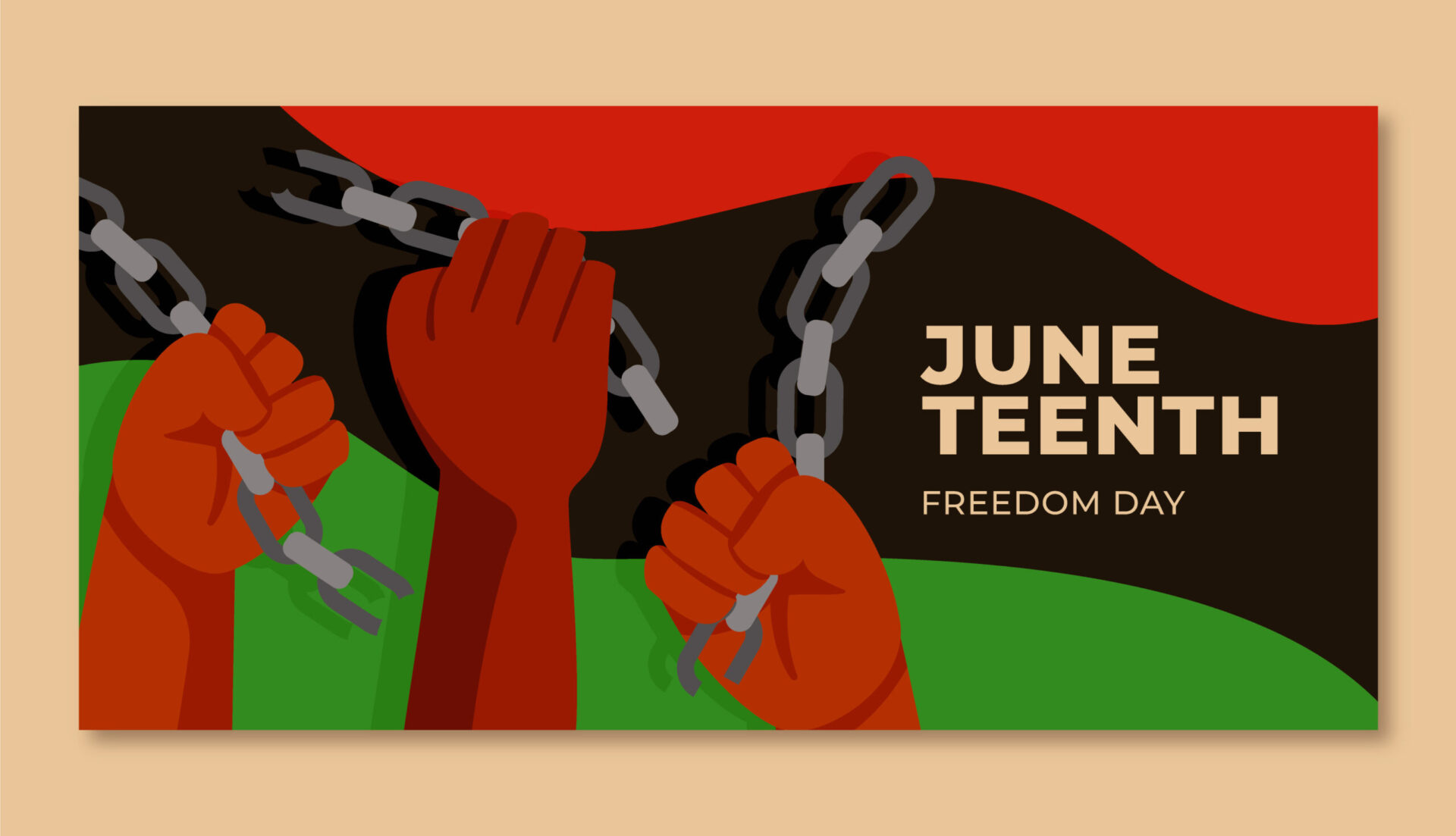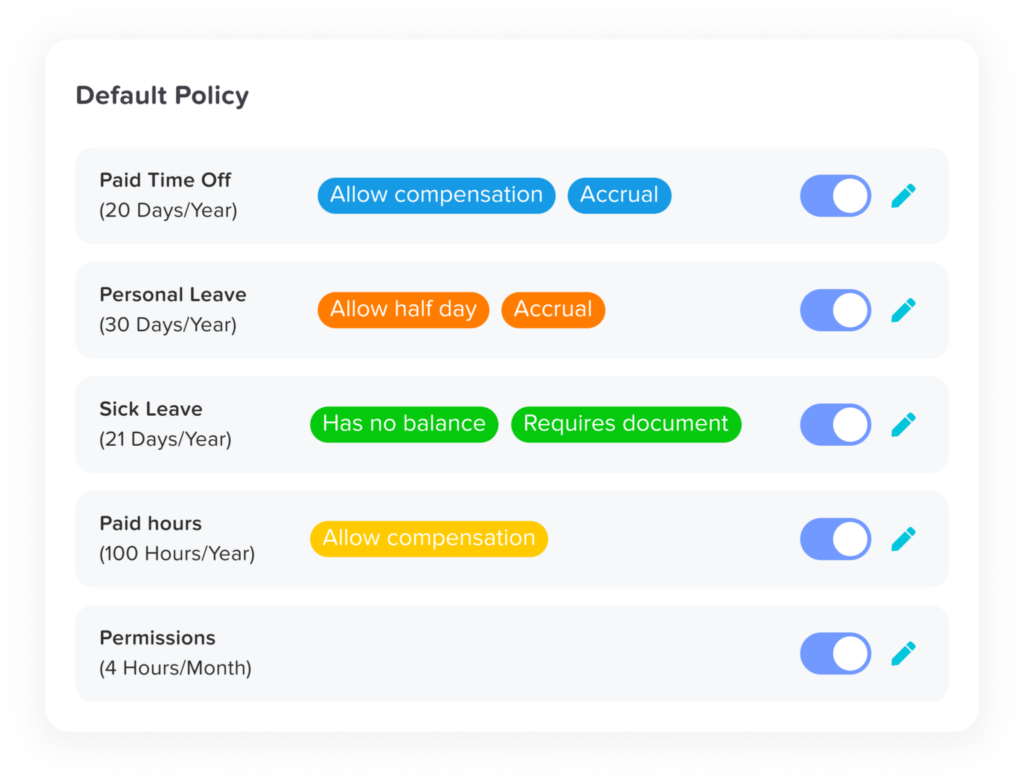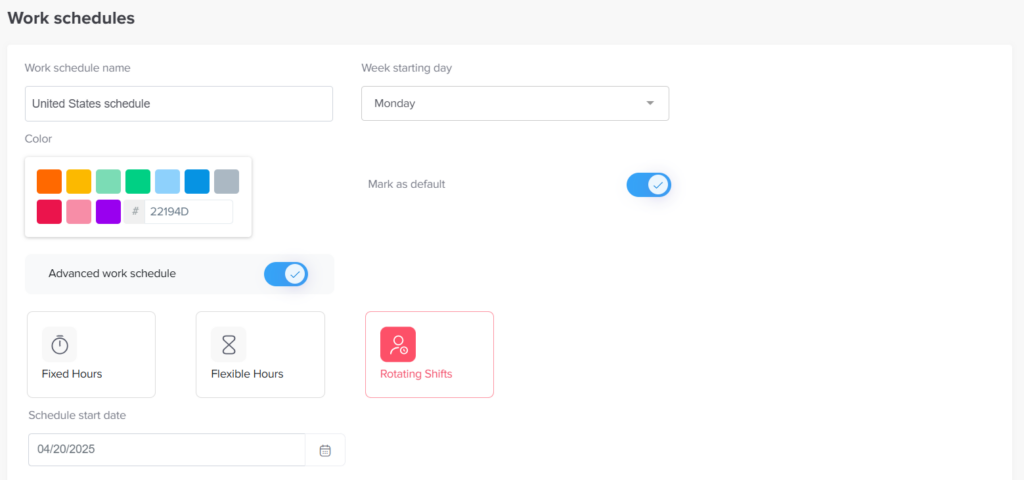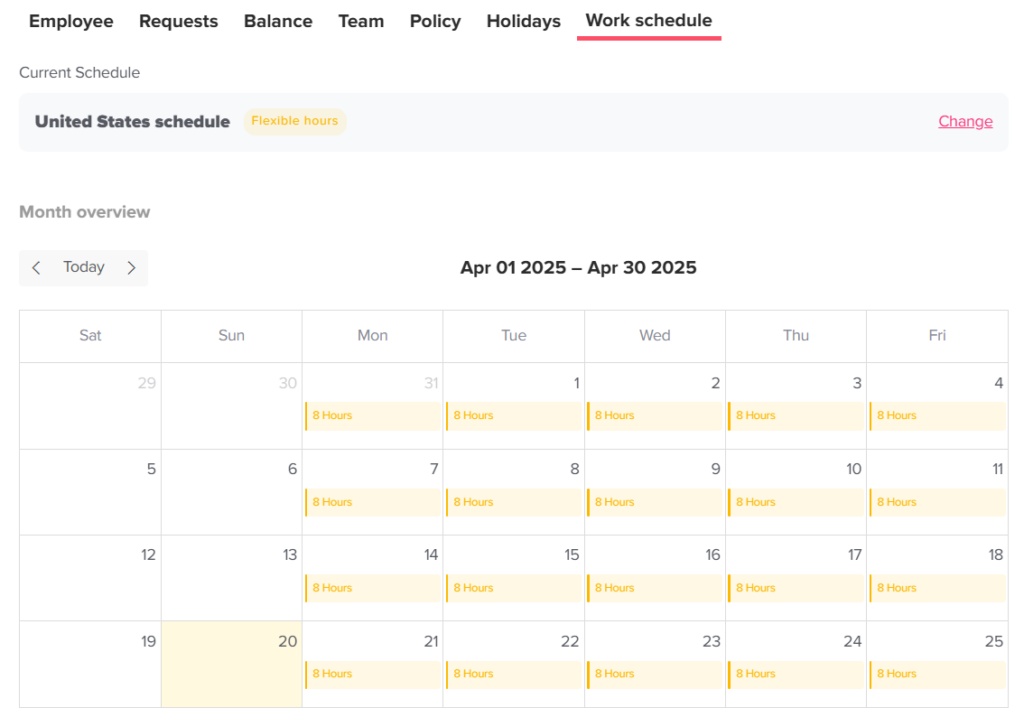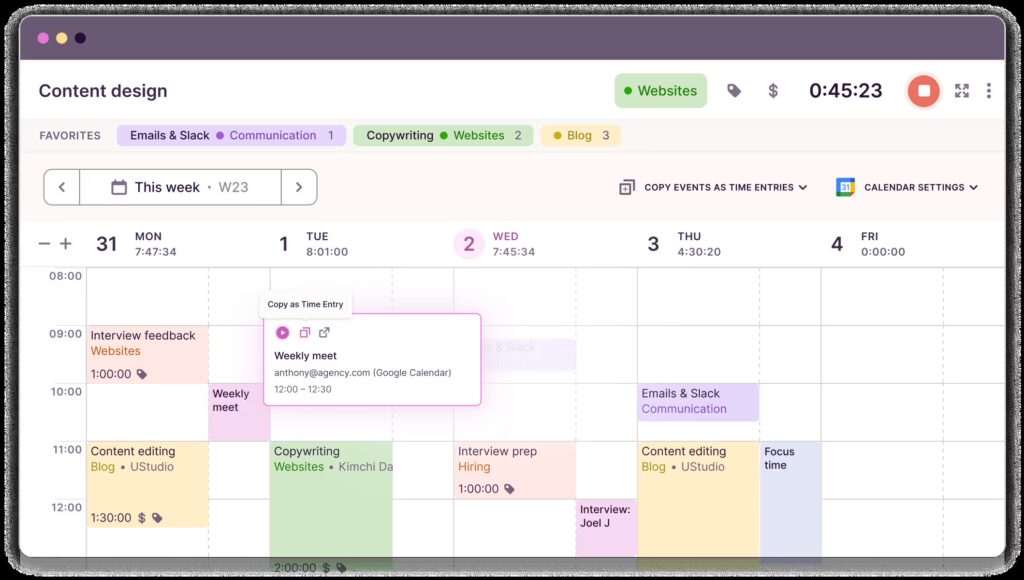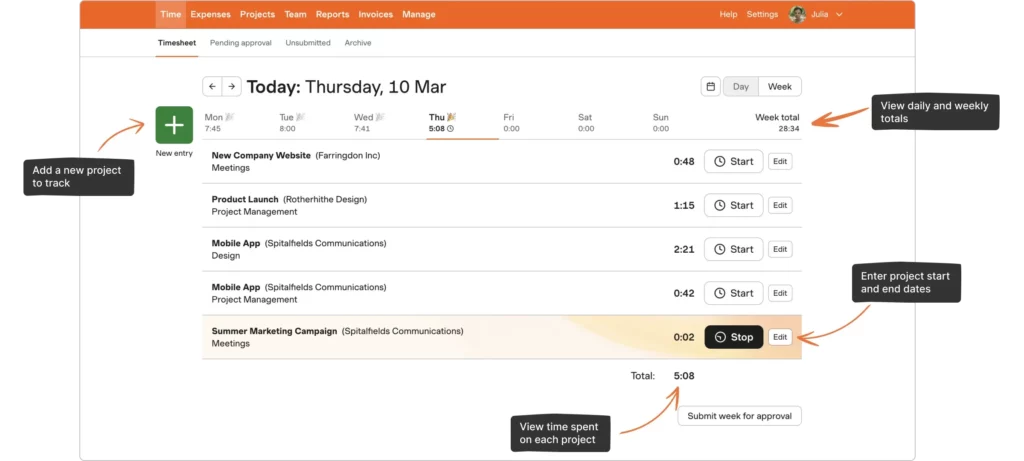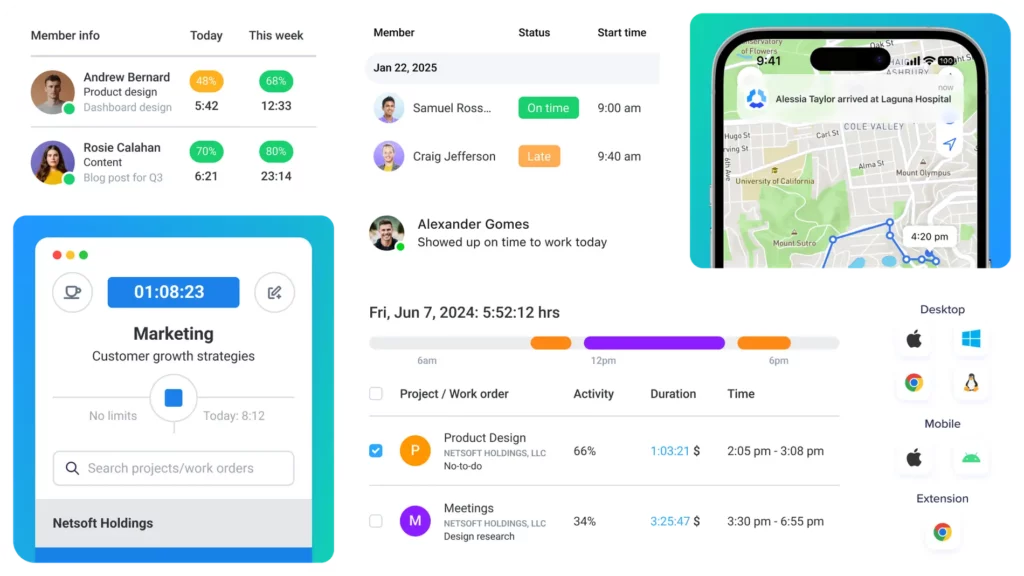Organizations need to ensure that their compensation structures are both attractive and equitable. Salary benchmarking, also known as compensation benchmarking, plays a crucial role in helping companies achieve that balance. By comparing internal pay practices with reliable market data, businesses can make informed decisions about salaries, benefits, and overall compensation strategies that attract, motivate, and retain top talent.
This guide explores everything you need to know about salary benchmarking, what it is, why it matters, how to conduct it effectively, and how it can shape long-term HR and business success.
What Is Salary Benchmarking?
Salary benchmarking is the process of comparing your organization’s compensation data against market rates for similar roles in the same industry, region, or company size. It allows HR professionals and business leaders to assess whether they’re paying employees fairly and competitively.
The benchmarking process typically involves collecting data from trusted salary surveys, HR analytics platforms, or industry compensation databases. These sources provide insight into base pay, variable pay, bonuses, and benefits offered by comparable organizations.
By analyzing this data, companies can identify gaps between their current pay practices and the broader market, and then make adjustments that align salaries with employee experience, performance, and skill demand.
Simply put, salary benchmarking helps answer key questions such as:
Are we paying our employees fairly compared to others in the same role and region?
Are our compensation packages competitive enough to attract and retain top performers?
How do our pay practices align with our company’s business strategy and culture?
Benchmarking isn’t just about numbers, it’s about strategy. When done correctly, it enables HR leaders to make confident, data-driven decisions that balance internal equity with external competitiveness.
Why Salary Benchmarking Is Important
Salary benchmarking provides significant value to both organizations and their employees. Beyond ensuring fair pay, it strengthens your overall talent strategy, improves engagement, and safeguards your company’s reputation. Here’s why it matters:
Attracting and Retaining Top Talent
In a market where skilled professionals can easily compare offers, competitive pay is essential. Salary benchmarking ensures your organization’s compensation packages align with industry standards, helping you attract high-quality candidates and reduce turnover. When employees know they’re paid fairly, they’re more likely to stay motivated and loyal.
Promoting Fairness and Pay Equity
Benchmarking helps identify and close pay gaps that may exist between roles, departments, or demographics. Transparent and equitable pay structures promote trust, inclusivity, and compliance with equal pay legislation. This not only strengthens your employer brand but also builds a culture of fairness and accountability.
Supporting Informed Decision-Making
Benchmarking gives HR and leadership teams the data they need to make objective decisions about compensation. Instead of relying on guesswork or outdated pay scales, they can base their choices on real, verified market data. This helps ensure that salary reviews, promotions, and job offers are consistent and defensible.
Strengthening Business Competitiveness
Competitive compensation isn’t just an HR issue, it’s a strategic business advantage. Organizations that offer market-aligned pay are more likely to attract skilled professionals, maintain productivity, and outperform competitors. Salary benchmarking provides a foundation for sustainable talent management and long-term business growth.
Enhancing Compliance and Reducing Risk
With increasing legal scrutiny around equal pay and fair compensation, salary benchmarking helps companies remain compliant with national and international labor standards. It provides documentation and data to support pay decisions, reducing the risk of disputes, penalties, or reputational damage.
How Salary Benchmarking Fits Into a Broader HR Strategy
Salary benchmarking is not a one-time project, it’s an ongoing part of a company’s total rewards strategy. When integrated into regular HR and financial planning, benchmarking supports:
Performance management: Aligning pay with results and contribution.
Succession planning: Identifying competitive pay ranges for key positions.
Budgeting: Ensuring compensation costs align with company growth goals.
Employee engagement: Building trust through transparency and fairness.
Organizations that consistently use benchmarking data can adapt more quickly to market shifts, inflation trends, and evolving talent demands. Over time, this proactive approach builds a culture where employees feel valued, and the company stays resilient against competitive pressure.,
How to Conduct Salary Benchmarking
Salary benchmarking may sound complex, but with the right process, it becomes a structured and data-driven exercise. The goal is to compare your company’s pay practices with reliable market data, ensuring internal consistency and external competitiveness.
Here’s a step-by-step guide to conducting salary benchmarking the right way:
Define the Purpose and Scope
Before collecting any data, it’s essential to identify why you’re conducting salary benchmarking and what roles or departments it will cover.
Some organizations perform a full company-wide review, while others focus only on specific positions, such as critical roles, hard-to-fill jobs, or leadership positions. Clearly defining the scope helps ensure the results are relevant and actionable.
Your purpose could include:
Reviewing pay competitiveness for specific departments
Preparing for an annual compensation review
Ensuring compliance with equal pay regulations
Supporting new hiring or restructuring plans
Having a well-defined purpose aligns the benchmarking process with your organization’s HR strategy and overall business goals.
Select Reliable Market Data Sources
The accuracy of your salary benchmarking depends entirely on the quality of the data you use. Reliable market data comes from credible sources such as:
Professional salary surveys: Published by HR consultancies and industry associations
Government labor reports: Offering standardized data on wages and employment trends
HR and compensation platforms: Tools like Mercer, Radford, or Payscale provide real-time insights across industries and regions
Internal data: Combining your company’s pay structure with external data gives a complete picture
When choosing data sources, prioritize those that are current, specific to your industry, and geographically relevant. Using outdated or overly broad data can lead to inaccurate conclusions.
Match Internal Roles to Market Equivalents
Benchmarking only works when roles are compared accurately. This step involves matching each internal job to its closest market equivalent based on responsibilities, skill requirements, and experience level, not just job title.
For example, a “Marketing Executive” at one company might perform tasks equivalent to a “Marketing Coordinator” elsewhere. By focusing on role content rather than titles, you ensure that comparisons reflect true market value.
Many organizations use a job evaluation framework to support this process, grouping similar roles into job families and levels. This structure helps maintain consistency and makes future benchmarking exercises much easier.
Analyze and Interpret the Data
Once data is collected and aligned, the next step is to analyze it. Look for trends such as:
Median market salary for each role
Pay percentiles (25th, 50th, 75th) to assess competitiveness
Differences between your internal pay and the market rate
Variations across departments, locations, or seniority levels
If your salaries fall significantly below the market median, you may risk higher turnover and difficulty attracting top talent. Conversely, if you pay far above market rates, your compensation structure might not be financially sustainable.
The goal is to identify where adjustments are needed to stay competitive while maintaining internal equity and budget control.
Implement Adjustments and Communicate Transparently
After identifying gaps, HR teams and leadership can develop a plan to adjust compensation where necessary. This might include:
Revising salary bands
Introducing new benefits or incentives
Updating performance-based pay structures
Communication is key during this stage. Be transparent with employees about how pay decisions are made and how the company ensures fairness. Clear communication helps strengthen trust and reinforces your organization’s commitment to equity and competitive pay.
Review and Update Regularly
Markets change rapidly, new skills emerge, industries evolve, and inflation affects salary expectations. Salary benchmarking should therefore be conducted regularly (at least annually or biannually) to keep your compensation strategy aligned with current trends.
Regular reviews also help identify pay compression, gender pay gaps, or outdated pay grades before they become major issues. A proactive approach ensures your company remains competitive, compliant, and fair over the long term.
Best Practices for Effective Salary Benchmarking
To make salary benchmarking as accurate and valuable as possible, organizations should follow these key best practices:
Use multiple data sources: Relying on a single source can skew results. Cross-check data from at least two or three reliable benchmarks.
Ensure data privacy and compliance: Handle employee data responsibly and follow all relevant data protection laws.
Focus on total rewards, not just salary: Include benefits, bonuses, and non-monetary perks to understand full compensation competitiveness.
Align benchmarking with performance management: Ensure that pay decisions reflect both market value and individual contribution.
Involve leadership and communicate clearly: Get buy-in from senior management and keep communication transparent to build trust across the organization.
When benchmarking is handled strategically, it becomes far more than a compensation exercise, it turns into a business tool that drives retention, performance, and employee satisfaction.
Key Challenges in Salary Benchmarking
While salary benchmarking delivers clear strategic benefits, it also comes with its own set of challenges. Understanding these potential pitfalls allows organizations to design a more effective and accurate benchmarking process.
Below are the most common challenges HR professionals encounter when benchmarking compensation, and what to do about them.
Inconsistent Job Titles and Role Definitions
One of the biggest obstacles in salary benchmarking is the inconsistency of job titles across organizations. For example, a “Project Manager” at a tech startup may perform vastly different duties than a “Project Manager” at a large construction firm.
Why it matters: Comparing salaries for jobs that don’t align in scope, responsibility, or required skills can lead to inaccurate conclusions and pay discrepancies.
How to overcome it:
Use job leveling or job evaluation frameworks to categorize roles by their impact, complexity, and required expertise.
Focus on job content, not just the title, to ensure accurate comparisons.
Document clear role descriptions internally to improve consistency across departments.
This approach helps ensure that benchmarking reflects real market value, not just labels.
Limited or Outdated Market Data
Reliable data is the foundation of accurate benchmarking, but in many industries, especially niche sectors, market data can be hard to find or quickly become outdated.
Why it matters: Using old or irrelevant data can result in underpaying or overpaying employees, leading to retention issues or unnecessary costs.
How to overcome it:
Invest in up-to-date salary surveys and professional benchmarking tools that refresh data regularly.
Supplement third-party data with internal analytics to fill gaps and validate insights.
Revisit data sources at least once a year to ensure they still reflect your business’s market reality.
Regularly updated data ensures decisions remain relevant, accurate, and compliant.
Balancing Internal Equity and Market Competitiveness
Achieving the right balance between paying competitively and maintaining fairness within the organization can be challenging.
Why it matters: Paying one team above market rates while keeping others below can create tension, reduce morale, and harm company culture.
How to overcome it:
Use a structured compensation framework that defines salary ranges by job level and performance.
Communicate how pay is determined to ensure employees understand the rationale.
Regularly review internal pay equity to maintain consistency and fairness.
By aligning external benchmarking data with internal pay philosophy, companies can create compensation structures that are both equitable and competitive.
Data Privacy and Compliance Risks
Salary benchmarking involves handling sensitive employee data. Improper use or sharing of this information can lead to compliance breaches or reputational harm.
Why it matters: Many countries have strict labor and privacy regulations, such as GDPR in Europe or HIPAA in the U.S., which dictate how employee data must be stored and used.
How to overcome it:
Ensure your HR and benchmarking systems comply with all relevant data protection regulations.
Anonymize personal data before using it for benchmarking.
Limit access to sensitive information to authorized HR professionals only.
A secure and compliant benchmarking process safeguards both your company and your employees.
Lack of Context in Data Interpretation
Even the most accurate data can be misleading if it’s not properly contextualized. Salary levels can vary based on factors like location, company size, and industry segment.
Why it matters: A “market average” salary might not be realistic for every organization, especially those operating in smaller markets or offering different benefits.
How to overcome it:
Always segment data by industry, location, and company size before analysis.
Consider total compensation, not just base pay, when evaluating competitiveness.
Combine benchmarking insights with qualitative data such as employee feedback and performance outcomes.
Adding context ensures that salary decisions reflect both market realities and internal business strategy.
How to Overcome Salary Benchmarking Challenges
To make benchmarking more effective and less error-prone, HR leaders should adopt a strategic and structured approach. Here are the most practical solutions to common benchmarking challenges:
Centralize data management: Use an integrated HR or compensation management platform that consolidates salary, performance, and market data in one place.
Invest in analytics capabilities: Tools that provide visualization and real-time insights make it easier to interpret results accurately.
Build a consistent job architecture: Create clear role definitions, job families, and levels to standardize comparisons across the company.
Educate managers: Train leaders on how salary benchmarking works so they can make fair, informed pay decisions.
Review continuously: Treat benchmarking as an ongoing process, not a one-time project, to adapt to market and organizational changes.
When approached strategically, salary benchmarking evolves from a compliance activity
The Role of Technology in Salary Benchmarking
Gone are the days when HR teams relied on spreadsheets, outdated surveys, and endless email threads to analyze pay data. Today, technology has completely redefined how companies approach compensation benchmarking. It’s faster, smarter, and far more transparent.
Modern benchmarking tools don’t just collect salary data, they help leaders understand why those numbers matter and how to use them strategically.
Let’s look at how technology is changing the game.
Smarter Data Collection and Aggregation
One of the biggest breakthroughs in HR tech is automation. Instead of manually gathering data from multiple surveys, benchmarking platforms now aggregate thousands of data points from trusted sources in real time.
This means:
Up-to-date insights instead of last year’s averages.
Dynamic comparisons across industries, job levels, and regions.
Data consistency without human error or formatting issues.
The result? HR professionals spend less time cleaning data and more time making meaningful, strategic decisions.
AI-Driven Insights and Predictive Analytics
Artificial intelligence (AI) has turned salary benchmarking from a static process into a forward-looking one. Instead of simply showing what competitors pay today, AI tools can forecast where pay trends are headed.
Imagine being able to predict which roles will face talent shortages or salary inflation next quarter, and adjusting your pay strategy before the competition does.
These platforms also use machine learning to identify internal pay gaps, forecast budget impacts, and even recommend salary adjustments based on company goals. It’s compensation strategy powered by foresight.
Real-Time Dashboards and Visualization
Data is only powerful if you can understand it. Modern benchmarking software includes intuitive dashboards that turn complex compensation data into clear visuals, salary distribution graphs, heat maps, and pay equity charts that make insights instantly actionable.
This visibility empowers HR leaders, finance teams, and executives to have meaningful, data-backed discussions about pay policies. It also helps uncover patterns that were previously invisible in spreadsheets, like gender pay gaps or regional pay inconsistencies.
Integration with HRIS and Payroll Systems
The best benchmarking tools don’t operate in isolation. They integrate seamlessly with Human Resource Information Systems (HRIS), payroll software, and performance management platforms.
This creates a single source of truth for all compensation data, making it easier to connect salary benchmarking with performance outcomes, employee satisfaction, and retention rates.
Integration also reduces manual errors and ensures compliance by syncing pay adjustments directly with payroll systems.
Enhanced Pay Transparency and Equity
Technology is also driving one of the most important cultural shifts in modern organizations: pay transparency.
Employees today want to understand how compensation decisions are made. Benchmarking tools make this possible by providing clear, data-backed reasoning for salary ranges and adjustments.
For companies, this transparency helps:
Strengthen trust between employees and leadership.
Reduce the risk of pay discrimination claims.
Improve employee engagement by showing fairness and accountability.
When data drives decisions, everyone wins, both culturally and operationally.
Security and Compliance by Design
Since benchmarking involves sensitive data, modern tools are built with enterprise-grade security in mind.
They use encryption, multi-factor authentication, and access controls to ensure that personal or company information stays protected. Many also comply with international standards like GDPR, ISO 27001, and SOC 2, giving HR teams peace of mind.
With built-in compliance monitoring, companies can confidently handle compensation data across regions, a huge advantage for global teams navigating diverse legal landscapes.
In a Nutshell
Technology has made salary benchmarking not just more efficient, but more strategic. What used to be a once-a-year HR project is now a continuous process of insight, prediction, and improvement.
By combining AI, automation, and integration, organizations can build compensation strategies that are fair, competitive, and future-ready.
As Dr. Elena Rodriguez said earlier, “The companies that will thrive are those that base compensation on transparency and data, not tradition or guesswork.”
And with the right technology, that future is already here.
Building a Competitive Pay Strategy Using Benchmarking Data
Salary benchmarking isn’t just about knowing what others pay, it’s about using that knowledge to design a compensation strategy that attracts, motivates, and retains top talent. When done right, benchmarking data becomes the backbone of a fair, transparent, and future-focused pay structure.
Let’s explore how to turn data into strategy.
Start with a Clear Compensation Philosophy
Before you even look at benchmarking reports, it’s essential to define why and how you pay people the way you do.
A compensation philosophy acts as your north star, guiding decisions about base pay, bonuses, equity, and benefits. It answers key questions like:
Do we aim to lead the market, match it, or lag slightly behind?
How much do we value performance-based pay vs. fixed salary?
How transparent do we want to be about compensation?
Having this clarity ensures your benchmarking efforts align with company goals and culture, not just market averages.
Align Benchmarking Data with Business Objectives
Data without direction is just noise. Once you have market insights, connect them to your company’s growth goals and workforce priorities.
For instance:
If your focus is talent attraction, benchmark aggressively in roles that are hard to fill.
If your goal is retention, use benchmarking to identify and correct internal pay gaps that might be driving turnover.
If cost control is a concern, focus on optimizing salary bands instead of across-the-board increases.
Strategic benchmarking ensures every dollar spent on compensation supports your broader business mission.
Design Structured Pay Bands and Job Levels
Benchmarking becomes truly powerful when it translates into structured pay frameworks.
Create salary bands for each job level or family, from entry-level to leadership. This provides clarity for employees and consistency for managers when making pay decisions.
Structured pay bands also:
Reduce pay inequity and bias.
Support transparent career growth.
Simplify budgeting and forecasting.
When your pay structure is clear and data-driven, employees know what to expect, and that builds trust.
Incorporate Total Rewards, Not Just Base Salary
Today’s employees care about more than just their monthly paycheck. That’s why leading companies are expanding benchmarking beyond base pay to include total rewards, the full package of compensation, benefits, recognition, and work-life balance.
This might include:
Health and wellness programs.
Flexible or hybrid work arrangements.
Learning and development opportunities.
Stock options or performance bonuses.
By comparing total rewards across competitors, organizations can stay competitive even when base pay budgets are limited.
Leverage Technology for Continuous Insights
The best pay strategies are dynamic, not static. Market conditions change fast, and so should your compensation strategy.
With modern benchmarking tools, HR teams can:
Track real-time shifts in salary trends.
Monitor internal pay equity with dashboards.
Run predictive models to plan for future hiring or promotions.
Continuous analysis means you can stay ahead of the market instead of reacting to it, a major advantage in competitive industries.
Communicate Pay Decisions with Transparency
Even the most well-designed pay strategy can fall flat if it isn’t communicated effectively. Employees value transparency, they want to understand how salaries are determined and what growth looks like.
Use clear, data-backed explanations when discussing pay. For example:
“Your compensation was reviewed using current market data for similar roles in our industry and region. Based on that, your new range aligns with the 60th percentile of the market.”
When people see that decisions are based on data and fairness, it builds trust and loyalty.
Review, Refine, Repeat
Salary benchmarking isn’t a one-time project, it’s an ongoing cycle of improvement.
Set a schedule to review your compensation data annually or biannually, adjusting as your company evolves. Keep track of new roles, emerging skills, and changing employee expectations.
Continuous benchmarking ensures your pay strategy remains competitive, compliant, and aligned with business goals.
Frequently Asked Questions About Salary Benchmarking
How often should companies conduct salary benchmarking?
Most organizations review their salary data at least once a year. However, in fast-changing industries like tech or finance, reviewing every six months can be more effective. Regular updates help ensure pay remains competitive and aligned with market trends, especially when inflation, new roles, or shifting skill demands come into play.
What’s the difference between salary benchmarking and pay equity analysis?
Salary benchmarking focuses on comparing your pay rates with external market data to stay competitive. Pay equity analysis, on the other hand, looks inside your organization to ensure people doing similar work are paid fairly, regardless of gender, race, or background.
Both are important, benchmarking helps you attract talent, while pay equity builds trust and compliance.
Can small businesses benefit from salary benchmarking?
Absolutely. Benchmarking isn’t just for large corporations, small businesses can gain just as much value. Even with a smaller budget, understanding what competitors pay helps small teams make smarter offers, avoid turnover, and position themselves as fair employers. Many affordable tools and HR platforms now provide access to reliable salary data for startups and SMEs.
Where do salary benchmarking platforms get their data?
Reliable benchmarking platforms collect data from multiple trusted sources, including verified salary surveys, government databases, HRIS systems, and direct employer submissions. The data is usually anonymized, validated, and aggregated to ensure accuracy and compliance with privacy standards like GDPR.
How can technology improve the benchmarking process?
Modern HR software automates data collection, cleans and organizes information, and turns it into easy-to-understand visuals. AI-powered tools can even predict future pay trends and identify potential internal pay gaps. This not only saves time but also gives HR leaders more confidence when making compensation decisions.
What should a company do if its salaries fall below market averages?
If benchmarking reveals that pay levels are lagging, start by identifying the most critical roles to adjust first, usually those tied to retention or high-performance impact. Then, develop a phased plan to bring salaries closer to market averages while maintaining internal fairness. Communicate openly with employees about the steps being taken; transparency builds trust even during gradual adjustments.
Is it okay to share salary benchmarking results with employees?
Yes, and in fact, it’s encouraged. While you don’t need to share every data point, being open about how pay decisions are made can significantly increase trust and engagement. Employees appreciate knowing that their compensation is based on real data and consistent criteria, not bias or guesswork.
Can salary benchmarking help with retention?
Definitely. When employees feel confident that their pay is fair and competitive, they’re far less likely to look elsewhere. Benchmarking helps organizations spot pay gaps early, reward performance appropriately, and create a transparent culture where people feel valued. It’s one of the simplest ways to boost retention without overspending.
Conclusion
Effective salary benchmarking represents a critical strategic capability in today’s competitive talent landscape. Organizations that master this process gain significant advantages in attracting, motivating, and retaining key talent while optimizing compensation investments.
For individuals, understanding market compensation dynamics empowers more effective career decisions and negotiations. As transparency continues increasing and compensation models evolve, both organizations and professionals benefit from developing sophisticated benchmarking capabilities.
By implementing the frameworks, avoiding common pitfalls, and embracing emerging trends outlined in this guide, you’ll be well-positioned to navigate the complex compensation landscape with confidence and strategic insight.

